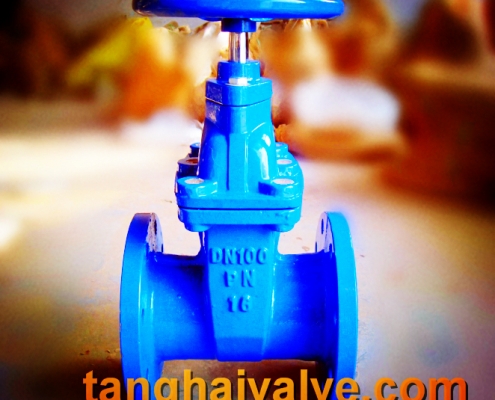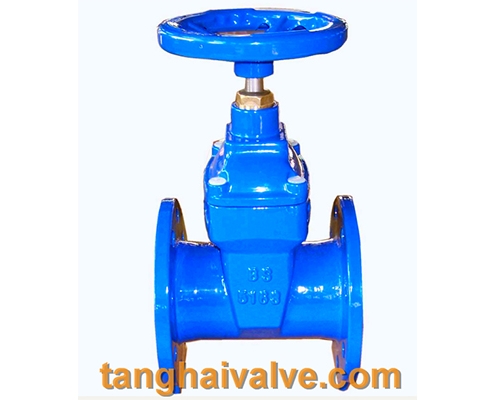Classification and advantages of gate valve
Gate valve types:
There are many domestic manufacturers of gate valves, and most of the connection dimensions are not uniform.

gate valve (3)
Mainly divided into the following categories: 1. According to JB/T2203-1999 “Structural Length of Gate Valve”, the standard valve of the Ministry of Machinery; 2. According to GB/T12221-2005 “Metal Valve Structure Length”, the national standard valve; 3. According to American standard valves produced by ASME B16.10-2009 “Face-to-face and End-to-End Dimensions of Valves”.
Gate valves are divided into wedge type and parallel type according to the structure of the gate. There are 3 types of wedge gates: single gate, double gate and elastic gate.
Gate valves are divided into flat gate valves and knife gate valves according to their structure types.
The working principle of manual gate valve: Turn the hand wheel, and the valve plate connected with the valve stem can be lifted or lowered by the thread of the hand wheel and the valve stem to open and close.
According to the classification of shell/body material, gate valves can be divided into:
Metal material valves: such as carbon steel valves, alloy steel valves, stainless steel valves, cast iron valves, titanium alloy valves, Monel valves, copper alloy valves, lead alloy valves, etc.
Metal valve body lining valves: such as rubber-lined valves, fluorine-lined valves, lead-lined valves, plastic-lined valves, and enamel-lined valves.
Non-metallic materials valves: such as ceramic valves, glass valves, plastic valves.
Advantages of gate valve:
1. Small flow resistance. The medium channel inside the valve body is straight, the medium flows in a straight line, and the flow resistance is small.
2. Less effort when opening and closing. It is compared with the shut-off valve, because whether it is open or closed, the direction of movement of the gate is perpendicular to the direction of medium flow.
3. Large height and long opening and closing time. The opening and closing stroke of the gate is large, and the lifting is carried out by the screw.
4. Water hammer is not easy to produce. The reason is the long closing time.
5. The medium can flow in any direction on both sides, easy to install. Both sides of the gate valve channel are symmetrical.
6. The structural length (the distance between the two connecting end faces of the shell) is small.
7. Simple shape, short structure length, good manufacturing technology and wide application range.
8. Compact structure, good valve rigidity, smooth passage, small flow resistance, stainless steel and hard alloy sealing surface, long service life, PTFE packing, reliable sealing, light and flexible operation.
Disadvantages of gate valve:
It is easy to cause erosion and scratches between the sealing surfaces, and maintenance is difficult. The overall size is large, opening requires a certain amount of space, and the opening and closing time is long. The structure is more complicated.




 © Copyright 2020 Tianjin Tanghaidongyang Valve Co., Ltd. All Rights Reserved.
© Copyright 2020 Tianjin Tanghaidongyang Valve Co., Ltd. All Rights Reserved.